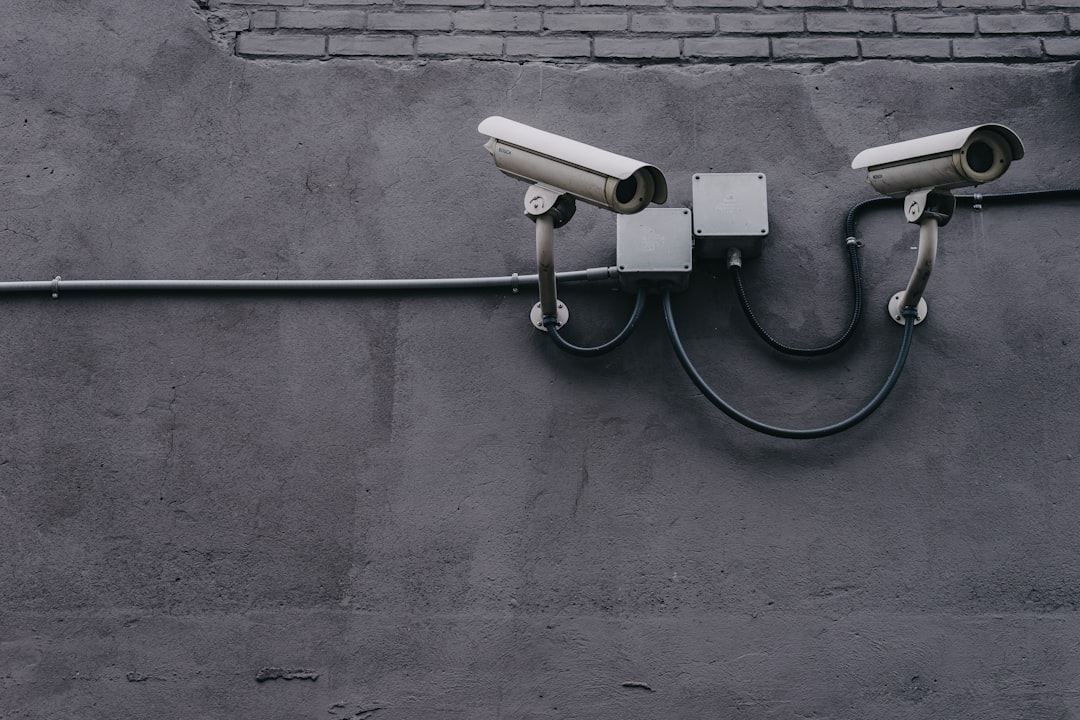
Securely Connecting Devices with Hololens Java Encryption Technology
In an increasingly interconnected world, the need for secure communication between devices has never been more critical. The Hololens, a revolutionary mixed reality device developed by Microsoft, stands at the forefront of this technological evolution. With the integration of Java encryption technology, Hololens provides a secure framework for connecting devices seamlessly while ensuring data integrity and confidentiality.
Understanding Hololens and Its Capabilities
Hololens is more than just a headset; it is a powerful computing device that merges digital content with the physical world. Utilizing advanced sensors and holographic displays, Hololens allows users to interact with 3D holograms in real-time. These capabilities are enhanced through secure connections to various devices, making encryption vital in protecting sensitive information.
The Role of Java Encryption Technology
Java encryption technology plays a significant role in securely connecting devices with Hololens. By employing encryption algorithms, Java ensures that data transmitted between Hololens and other devices is protected from unauthorized access. Key features of Java encryption include:
- Data Integrity: Ensures that data remains unchanged during transmission.
- Confidentiality: Protects sensitive information from being intercepted by unauthorized parties.
- Authentication: Verifies the identity of connected devices, ensuring that only authorized devices can communicate.
Current Developments in Java Encryption for Hololens
Recent advancements in Java encryption technology have further bolstered the security of connections made with Hololens. The introduction of lightweight encryption algorithms optimized for mobile devices allows for faster processing with lower energy consumption. This is particularly important for Hololens, which relies on battery power for portability.
Example: AES Encryption in Hololens Applications
One of the most widely used encryption standards is the Advanced Encryption Standard (AES), which is implemented in many Hololens applications. By utilizing AES, developers can encrypt sensitive data before transmitting it over networks, ensuring that even if the data is intercepted, it remains unreadable without the proper decryption key.
import javax.crypto.Cipher;
import javax.crypto.KeyGenerator;
import javax.crypto.SecretKey;
public class EncryptionExample {
public static void main(String[] args) throws Exception {
KeyGenerator keyGen = KeyGenerator.getInstance("AES");
keyGen.init(128); // Key size
SecretKey secretKey = keyGen.generateKey();
Cipher cipher = Cipher.getInstance("AES");
cipher.init(Cipher.ENCRYPT_MODE, secretKey);
String dataToEncrypt = "Sensitive Information";
byte[] encryptedData = cipher.doFinal(dataToEncrypt.getBytes());
System.out.println("Encrypted Data: " + new String(encryptedData));
}
}Practical Applications of Hololens with Java Encryption
Hololens, paired with Java encryption, finds applications in various sectors including healthcare, education, and manufacturing. For instance, in healthcare, medical professionals can securely access patient records through Hololens while ensuring that sensitive information is protected from breaches.
Case Study: Secure Collaboration in Medical Training
A notable case study involves a medical training program utilizing Hololens for remote collaboration among healthcare professionals. By integrating Java encryption, the program ensured that all shared data, including patient simulations and surgical procedures, remained secure. This not only facilitated effective training but also adhered to strict privacy regulations.
Emerging Trends in Secure Connections
As technology evolves, so do the methods for ensuring secure connections. Emerging trends in Hololens and Java encryption technology include:
- Quantum Encryption: Exploring the use of quantum computing to enhance encryption methods, making it nearly impossible to crack.
- Blockchain Technology: Utilizing blockchain for secure data exchanges, providing a decentralized and tamper-proof way of maintaining data integrity.
Conclusion
Securely connecting devices with Hololens using Java encryption technology is essential in today’s digital age. By ensuring data integrity, confidentiality, and authentication, developers can create innovative applications that protect sensitive information while enhancing user experiences. As technology continues to advance, staying informed about the latest developments in encryption methods will be crucial.
For those interested in further exploring this topic, resources like the Java Cryptography Architecture and the Microsoft Hololens documentation provide in-depth insights and guidelines.
If you found this article informative, consider sharing it with your network or subscribing to our newsletter for more updates on technology trends and innovations!


